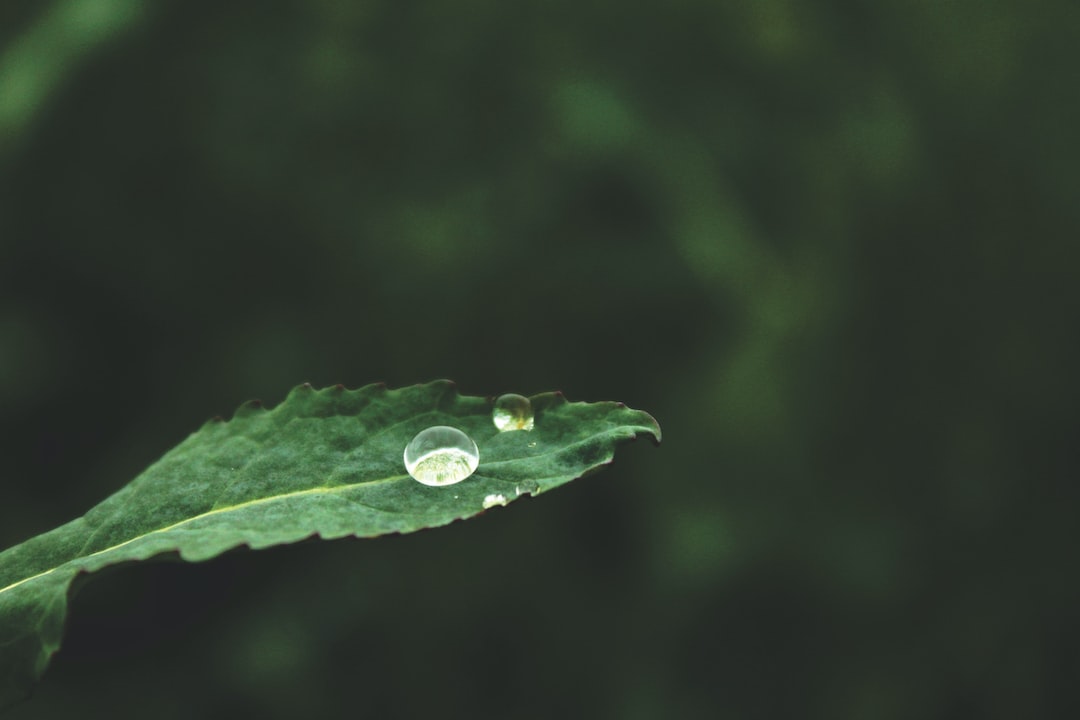Ecological succession is a natural process that occurs in terrestrial ecosystems when an area that was previously devoid of life becomes colonized by organisms over time. And dead animals play a pivotal role in this process, serving as a major food source for many scavengers and decomposers.
The word ‘carrion’ describes the dead, decaying flesh of animals. This can include the carcasses of small animals such as mice, rats or rabbits, and far larger animals such as deer, antelope or elephants. The process of decay that follows the death of an animal is fascinating, and one that is critically important for the continuation of ecological succession.
As soon as an animal dies, a transformation process begins, starting with autolysis – the self-digestion of tissues, initiated by digestive chemicals within the body. Then, a range of microbes including bacteria, fungi, and insects such as flies and beetles, invade the corpse, breaking it down into its constituent parts. Over time, carrion provides nutrients and moisture to plants that then grow in the soil. This, in turn, provides habitats and food for other animals that require the cover of forest and bush.
In nature, each species eventually dies. The process of flesh decomposition allows the nutrients they gained during their lives to return to the environment, facilitating the growth of new life. It’s a continual cycle, and it takes place due to the work of scavengers and decomposers who transform the once living animals into something new again.
Carnivores such as hyenas and jackals have particular adaptations that allow them to feed on carrion. They have strong jaws and teeth to tear apart tough skin, flesh and walls of bone. They can handle toxic and infectious bacteria present in carrion, so they don’t get sick. They are also able to compete ferociously with other scavengers and predators to secure this essential source of food. Carcasses provide a nutritional boost for a variety of scavengers; it is an essential resource particularly in times of drought or scarcity.
Carrion plays a vital role not only in the food chain but in the dispersal of plants’ seeds that later on grow in abundance. For instance, many fruit-eating animals, attracted by the smell of rotting carrion, feed on the flesh and then later defecate the seeds deep into the soil, spreading the seeds far away from the parent plant. Burial by scavengers creates ecosystems in turn that support other animal and plant life. A single carrion source can sustain countless organisms, from the tiny bacteria that begin the decaying process to the scavenging birds and mammals that feed on the remains.
In conclusion, the role of dead animals in ecological succession is undeniable. Carrion helps nourish plants that later form habitats for other animals, such as birds and insects. The decomposition of flesh can attract a host of scavengers that feed on the rotting flesh and help turn the nutrients in it into rich, fertile soil. Understanding this process is important, particularly for those who study carnivores such as hyenas and jackals that thrive on carrion in the wild. Without them, ecosystems may become unsustainable and species could face extinction.

